“Freeing yourself was one thing; claiming ownership of that freed self was another.”
– Toni Morrison, Nobel Prize- and Pulitzer Prize-winning novelist
As business leaders, I know your greatest wish-fulfillment would be to have your entire staff show up every day on their A-game; surpassing compliance and mediocrity and instead exercising full-out commitment. Each is able to respond(response-able)regarding their purpose, values, visions, goals, procedures, roles, relationships, productivity and engagement; theirlife tasks.
Bursting Your Bubble
In order to get that result, I promise it is necessary for me to burst the bubble you’ve been attached to; namely the use of control. Most leaders use four control models focused on extrinsically motivating others, in hopes they will get their employees to bring their A-game to work and own their tasks. This consistently fails; if it were working, we would not continue to have 71% disengagement of US workers nationwide, putting at risk over $1M for every 100 people in a typical organization (Gallup).
What do I mean by control models and why do they fail? For centuries four management approaches have been promoted, supported and protected, in which authority figures attempt to extrinsically (externally) motivate people through threats (autocratic), dangling carrots (incentives), praise and disapproval (judgement) or by pampering (enabling), in hopes this will lead to personal responsibility.
Control models are seductive because they “work” the way a gun to the head works, or a large wad of cash might get an immediate, short-term result; and NOTwithout highly expensive, negative side effects, including reduced self-awareness, self-management, social-awareness and relationship-management, all components of emotional and social intelligence; one’s personal tasks. So, why don’t these tactics work? They all:
- Require power-over, superior/inferior and win/lose dynamics that break down trust and camaraderie
- Involve limited, fearful beliefs about people; who then live up to your low expectations
- Confusion about task ownership; a person responsible for a task has it hijacked by one who is not
- Are about pleasing, owing, blindly following, jumping through hoops, all for management’s needs
- Cultivate people who at best resentfully comply, compete with team mates, become yes-men (and women), or at worst, rebel, resist, lose or drop motivation and become selfishly entitled
Task Ownership and how to Cultivate it
Simply put, task ownership is when a person is aware of, trained in, support to own, tasks that are theirs to complete. They learn self-governance and how to participate in shared power. To do this, provide:
- Acknowledgement, guidance and respect for personal power as well as mutual respect and equality
- A consistent positive belief in people; that all are and want to be great and that if they are not acting great, there is a defective or missing human system, not a defective person
- Training and ongoing coaching and mentoring, for transfer of responsibility in task ownership
This article was published in the column The Extraordinary Workplace in St. Louis Small Business Monthly, January 2019




